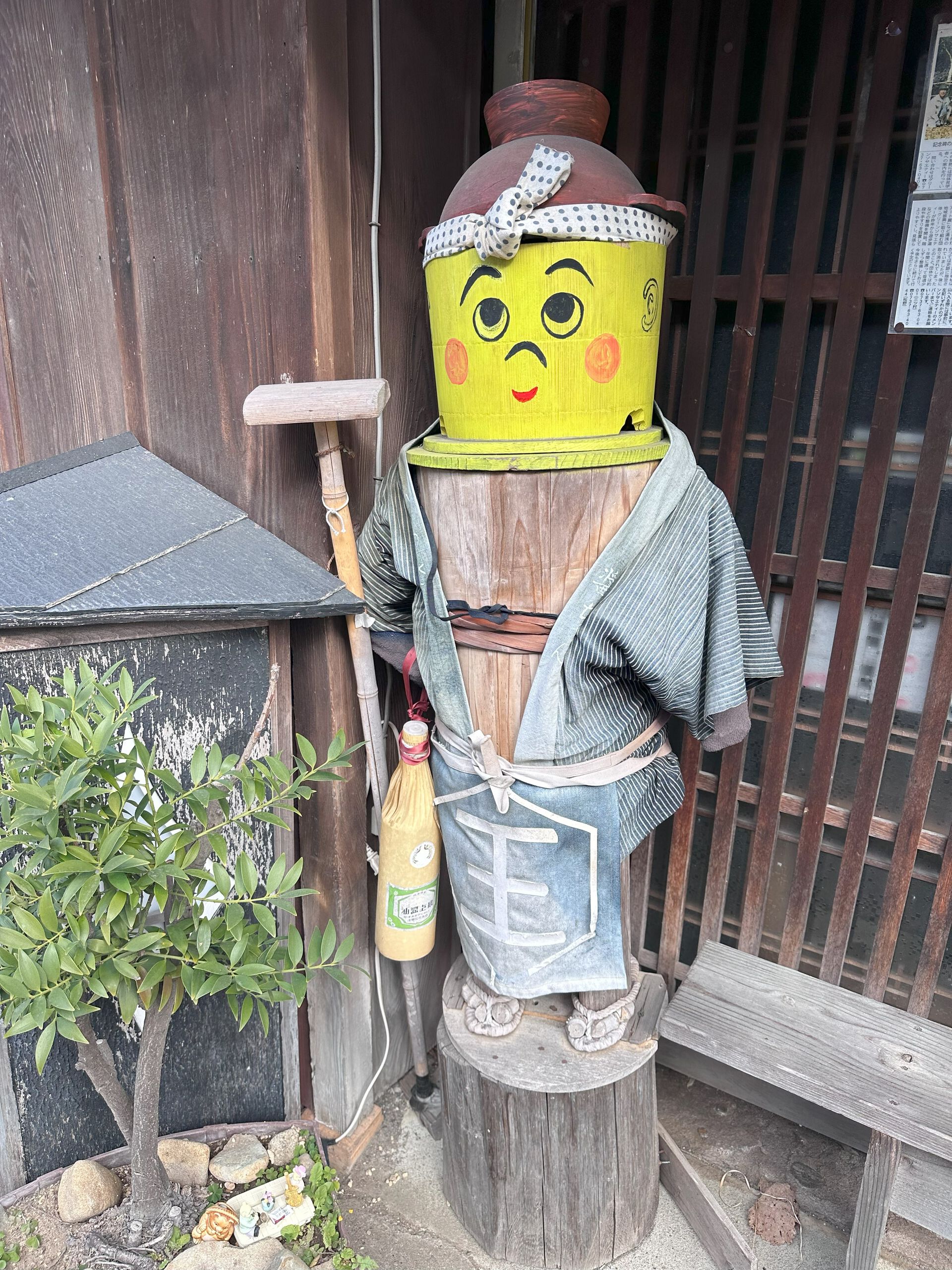Why did you choose to exchange to this university?
I am currently doing my PhD at UC Santa Cruz in Anthropology, and my research topic is fermentation in Japan. Of course, when I heard about the opportunity to participate in this exchange with the University of Tokyo through the support of INTPART, there could have been no better chance for me to both conduct some preliminary research in advance of my dissertation fieldwork and to begin getting to know other scholars in Japan. Opportunities to spend time in the countries we research outside of the more traditional research funding pathways are incredibly rare, and I couldn’t miss out on the occasion to spend time in Japan outside of either the very narrow confines of language study or the single-purpose and somewhat isolating framework of pure research. Thanks to INTPART, I am now still a guest member of a group of researchers at the University of Tokyo that I can lean on—and contribute to!—when I return for dissertation fieldwork in 2024.

What has been the academic focus during your stay/what have you been working on?
I was able to participate as a visiting scholar in the environmental sociology lab of my sponsoring Professor at the University of Tokyo, Dr. Mayumi Fukunaga. Through this, I was able to meet some of her current PhD students with whom I hope to continue developing friendships and exchanging ideas. One really fun and challenging opportunity was to deliver a guest lecture to masters students about photographs and methods in visual anthropology as a precursor to them conducting photo-data collection for Dr Fukunaga’s current research project on multispecies coastal resilience in the region devastated in the 2011 Great Tohoku Earthquake and Tsunami disaster. Composing this lecture was a real pleasure because it allowed me to introduce some of the things I love to non-anthropologists, and it also gave me a chance to begin thinking about my own future teaching practices. It was challenging because I conducted the lecture in Japanese! While my Japanese is pretty decent, academic language and the expression of complex ideas is an entirely different beast. I was lucky that it was an engaged and lively discussion, and I am hoping at least some of the prsentation was useful to the students.
While I am still early in my PhD process and my dissertation fieldwork about the fermentation industry is not taking place until 2024, I was fortunate to conduct some preliminary fieldwork. I was able to visit some potential research sites, tour some relevant museums, and otherwise lay the groundwork so I can get started right away when I return. And, of course, I sampled lots of fermented foods and tried my hand at making some of my own with local ingredients.
What have been the benefits of your stay, both in relation to work and your wider professional development?
Dr. Fukunaga is an environmental sociologist whose work is focused on multispecies marine and coastal relationships. Because we have different disciplinary backgrounds but share similar interests in human-nonhuman relations, ecology, and visual and experimental methodologies for social science, Dr Fukunaga and I have had many fruitful and exciting conversations that, I think, have been useful for both of us. Because we will continue to work together next year, this has truly felt like the beginning of a long-term, productive, international research relationship that I hope to nurture and build upon for years to come. We’ve also discussed possibilities for future collaborations that I’m eager to put into action. I fully expect the connections I’ve built thanks to INTPART to be lasting through my PhD and beyond, and intend to build upon them to help organize workshops, presentations, and other opportunities for sharing work for other scholars within and beyond Japan.
Any surprising outcomes of your stay?
While my original research project was not at all concerned with the Tohoku region and tsunami recovery, through discussions with Dr Fukunaga I’ve been able to develop a new set of research questions about microbial terroir and disaster temporalities that will take me to Tohoku as an additional research site when I return for dissertation fieldwork. Not only did I develop my existing research questions and lay the groundwork for research, I am grateful that I was able to build a foundation not just for research but for lasting collaborations.
About the project
The department of Social Anthropology has received NOK 10 million from the Research Council of Norway to build strategic collaborations in environmental anthropology with key institutions in the United States, Japan, and South Africa. This is part of the International Partnerships for Excellent Education, Research and Innovation programme.
The funding is in line with the government's Panorama strategy: Panorama strategy (2021-2027) - regjeringen.no.
As a result, the department has sent PhD and postdoc candidates on exchanges between the various institutions for research stays. So how has their experience been? And is the project working as intended, aiming at building new strategic networks and collaborations?
More interviews:
The culture of seismicity - from Mexico to Japan
Eda Tarak: Reflections on the INTPART visiting scholar exchange
Sonja Irene Åman: Exercising forgotten muscles through academic exchange
Anselmo Matusse: Changed my perspective on academic writing as a solitary undertaking
Jess Auerbach: A space for real reflection and invaluable feedback